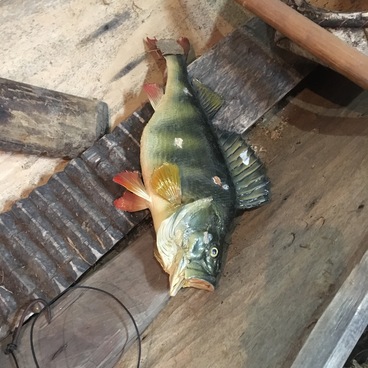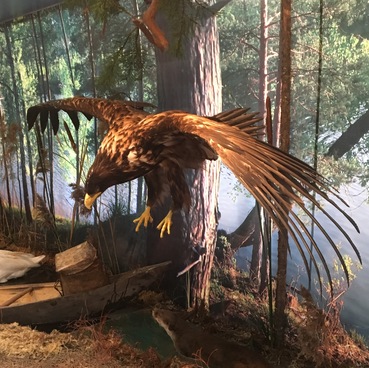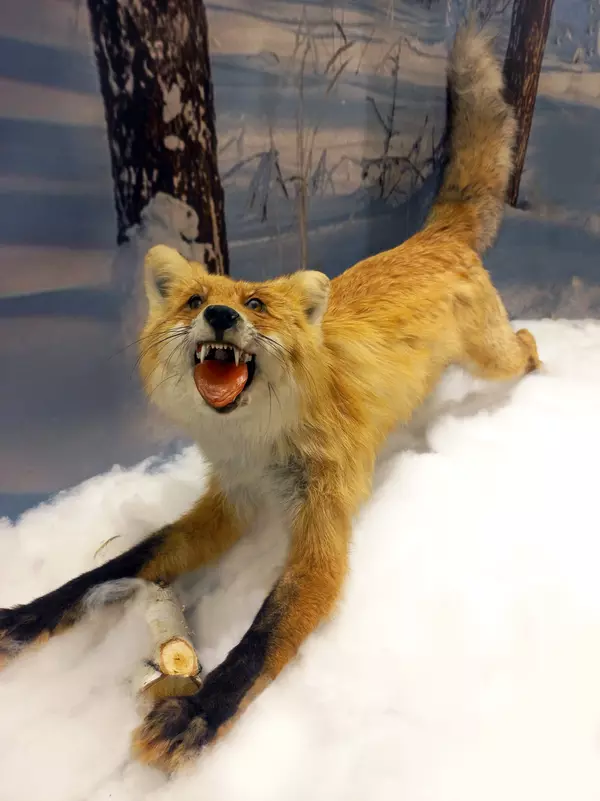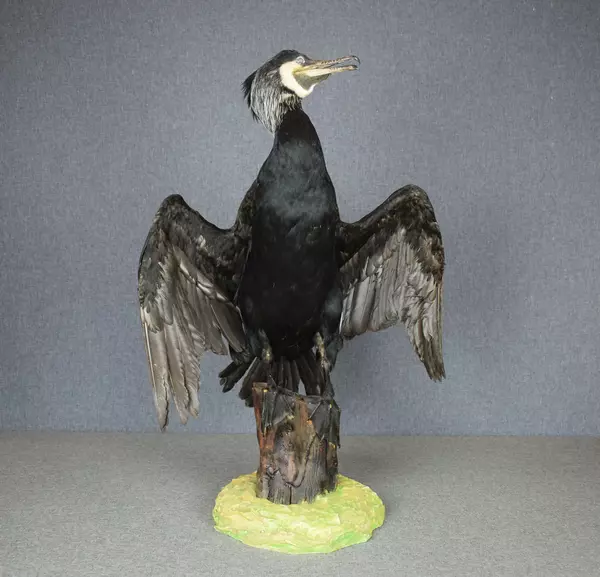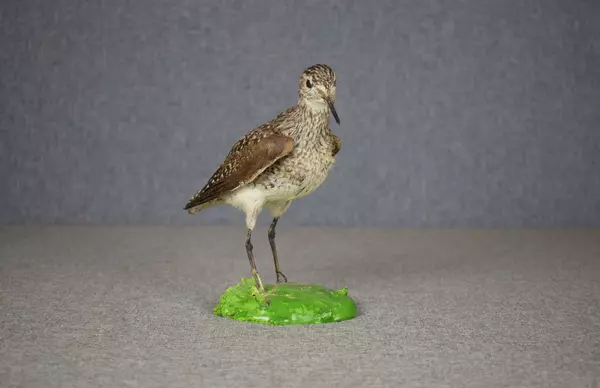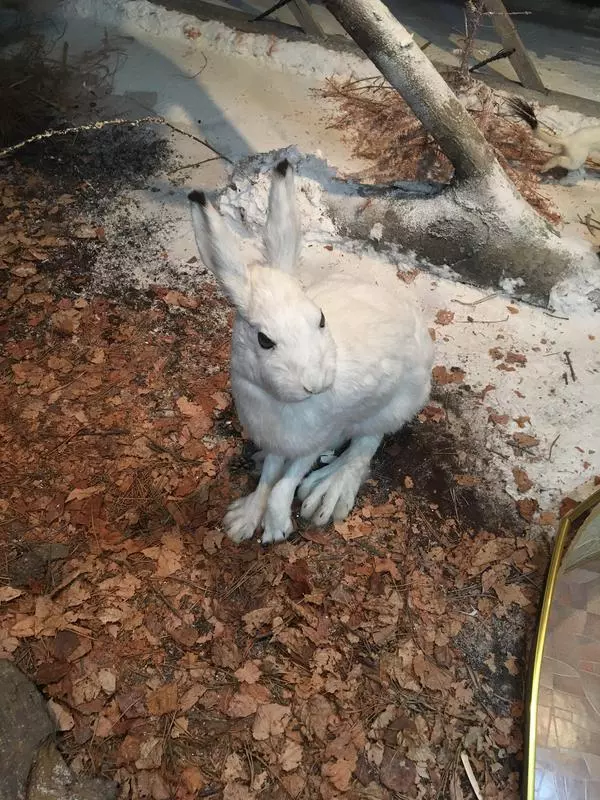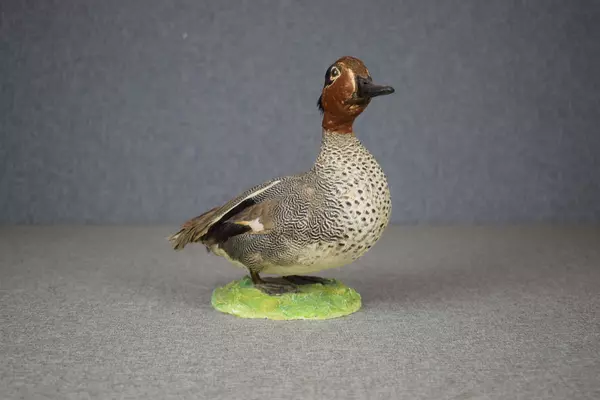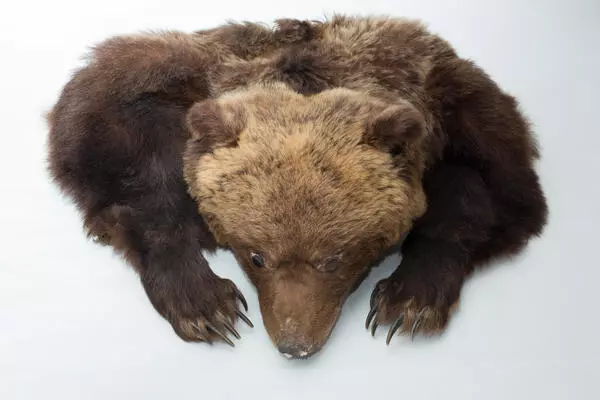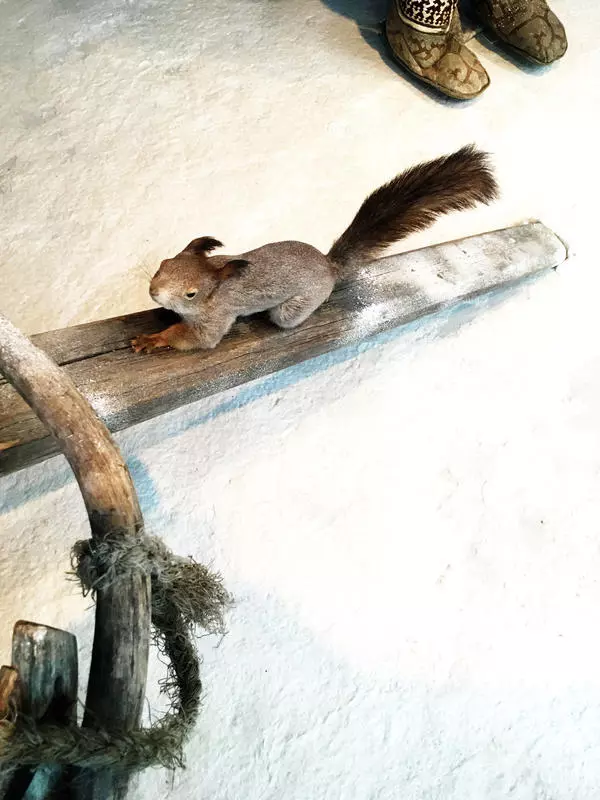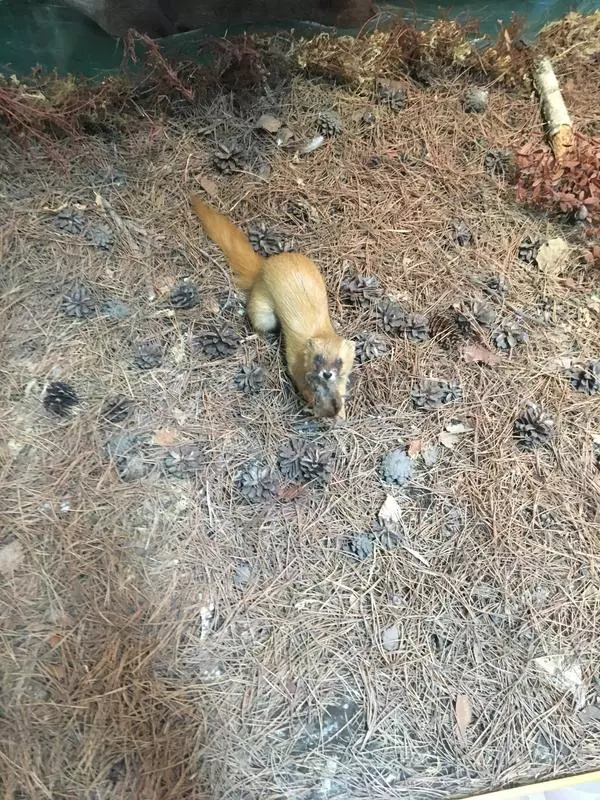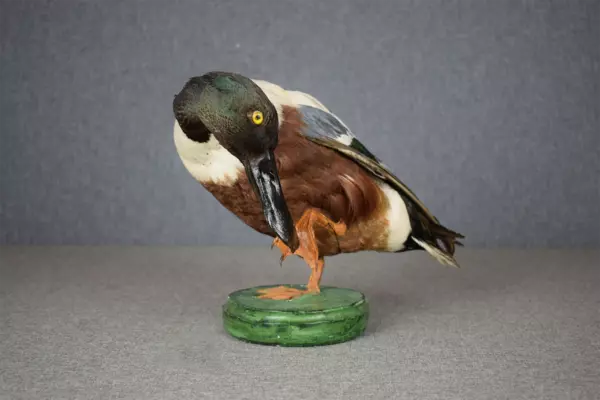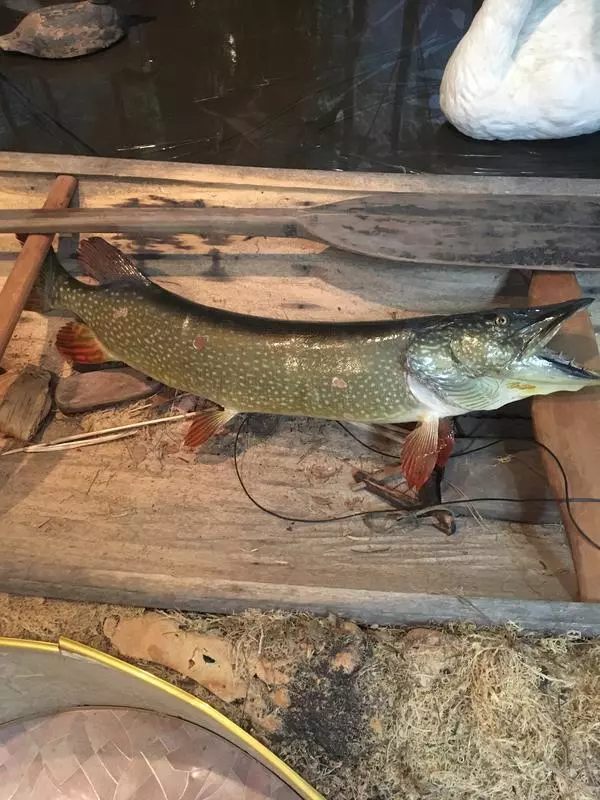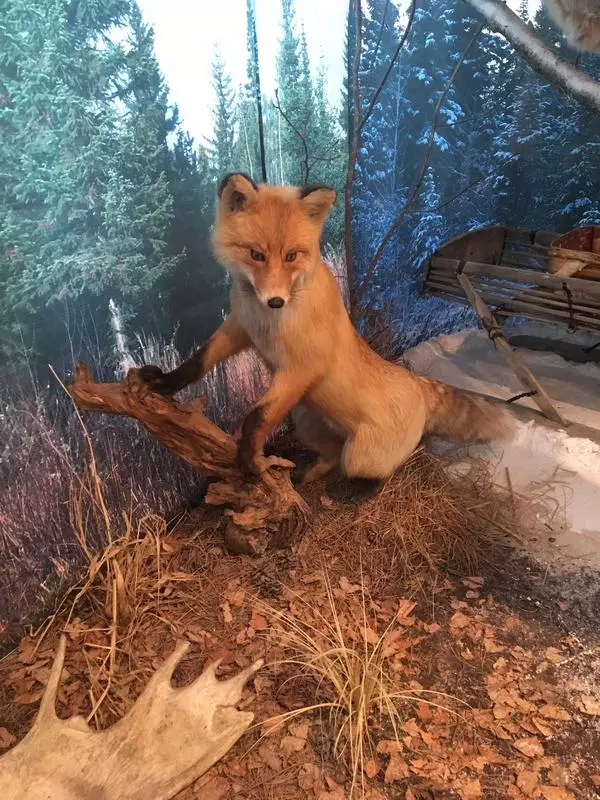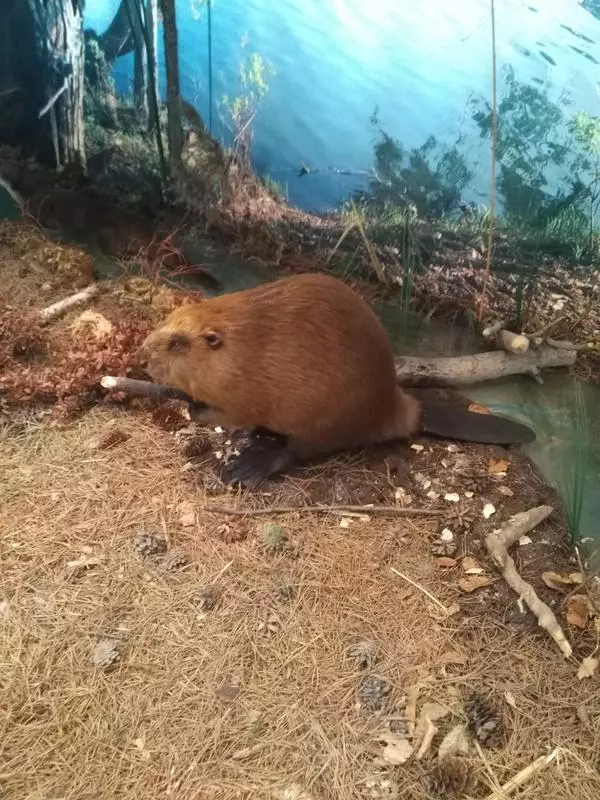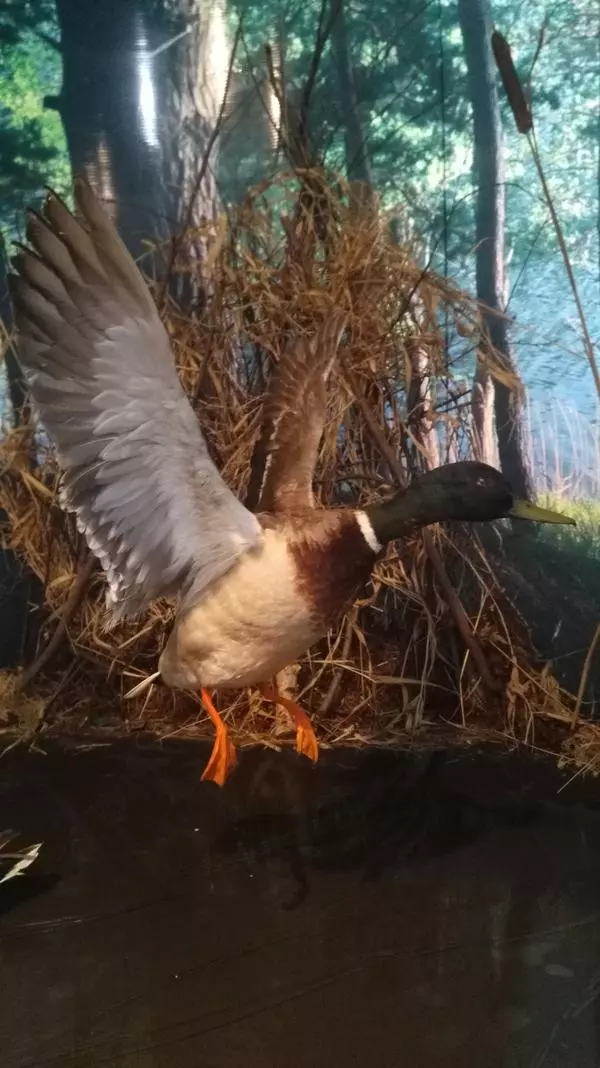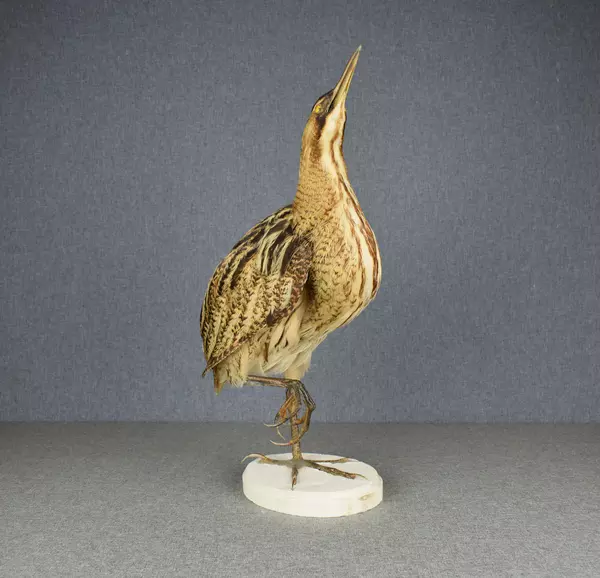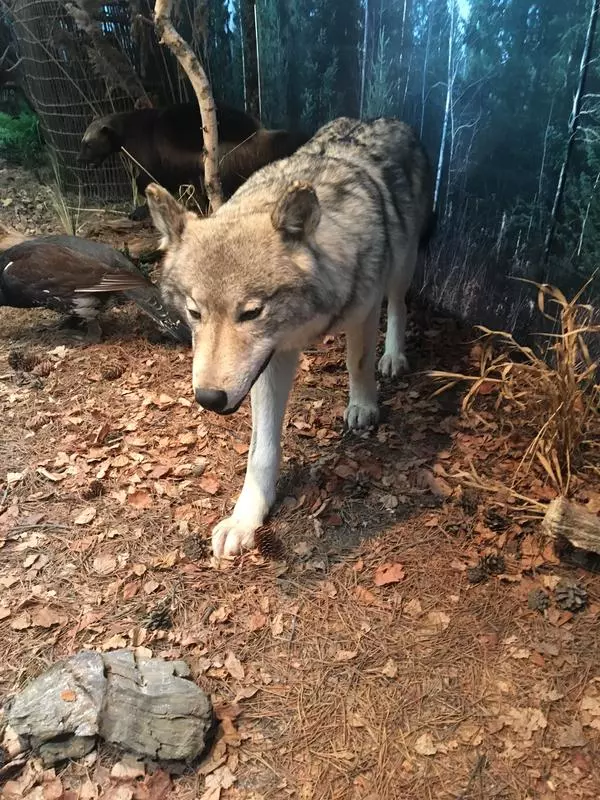The muskrat (Ondatra zibethicus) is a rodent native to North America. The Indians named the little animal ‘a beaver’s younger brother.’ The muskrat was introduced to Europe on several occasions, and it gradually spread throughout Eurasia. In Russia, it can be found in different regions from St. Petersburg to Kamchatka.
The muskrat is well adapted to an aquatic lifestyle: Its auricles barely stick out of the fur and its eyes are set high. The lips, similarly to a beaver’s, cover the incisors and isolate them from the mouth, so the muskrat can bite on plants under the water without choking. The animal’s fur is very thick, dense and luxuriant, whichmakes it waterproof.
The little animal leads a semi-aquatic lifestyle, inhabits banks of rivers, lakes, canals and, especially, freshwater swamps or wetlands. It prefers shallow water and waterside covered with thick grassy vegetation. The animals can live both in natural and artificial ponds, provided the water does not freeze in wintertime. Muskrats can be found even in the vicinity of cities, as human presence does not scare the little animals.
Muskrats are active both in the daytime and at night, but mostly after the sunset and early in the morning. They feed on coastal and aquatic plants, such as cane, reed, or sedge. In springtime, the muskrat eats young stalks and leaves, in summer and autumn its preferred food is root parts, and in winter it goes only for the rhizome. Muskrats can also eat famr and garden crops.
These little animals dig holes in a high bank, and their burrows can be as big as two meters in diameter. Inside the burrow, there are usually a few entrances and tunnels which have access to the water and are often located at different levels, in case the water in the river rises. Muskrats build special food caches where they stock up food for the cold season. The little animals move slowly when on the ground, but they are excellent swimmers and divers. Underwater, they can hold their breath up to 17 minutes.
Muskrats live in family groups and mark their territory; everyone of them has their own feeding ground, and they immediately chase outsiders away. This even applies to babies. In wintertime, they can still stay with their parents, but in spring they must go away and began finding foodon their own.
The muskrat is well adapted to an aquatic lifestyle: Its auricles barely stick out of the fur and its eyes are set high. The lips, similarly to a beaver’s, cover the incisors and isolate them from the mouth, so the muskrat can bite on plants under the water without choking. The animal’s fur is very thick, dense and luxuriant, whichmakes it waterproof.
The little animal leads a semi-aquatic lifestyle, inhabits banks of rivers, lakes, canals and, especially, freshwater swamps or wetlands. It prefers shallow water and waterside covered with thick grassy vegetation. The animals can live both in natural and artificial ponds, provided the water does not freeze in wintertime. Muskrats can be found even in the vicinity of cities, as human presence does not scare the little animals.
Muskrats are active both in the daytime and at night, but mostly after the sunset and early in the morning. They feed on coastal and aquatic plants, such as cane, reed, or sedge. In springtime, the muskrat eats young stalks and leaves, in summer and autumn its preferred food is root parts, and in winter it goes only for the rhizome. Muskrats can also eat famr and garden crops.
These little animals dig holes in a high bank, and their burrows can be as big as two meters in diameter. Inside the burrow, there are usually a few entrances and tunnels which have access to the water and are often located at different levels, in case the water in the river rises. Muskrats build special food caches where they stock up food for the cold season. The little animals move slowly when on the ground, but they are excellent swimmers and divers. Underwater, they can hold their breath up to 17 minutes.
Muskrats live in family groups and mark their territory; everyone of them has their own feeding ground, and they immediately chase outsiders away. This even applies to babies. In wintertime, they can still stay with their parents, but in spring they must go away and began finding foodon their own.
